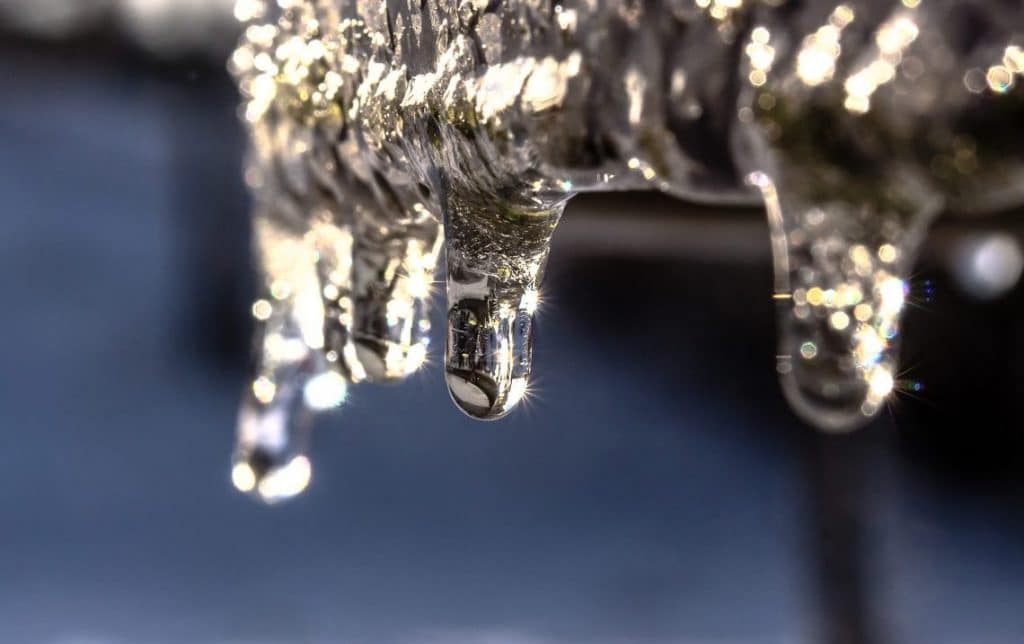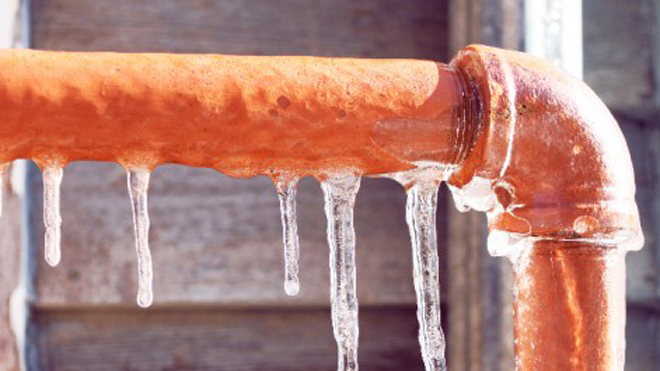Guidance for Avoiding Frozen Pipes in Cold Weather: Specialist Advice
Guidance for Avoiding Frozen Pipes in Cold Weather: Specialist Advice
Blog Article
They are making a number of good pointers about How To Avoid Freezing Pipes as a whole in this content which follows.

Cold weather can wreak havoc on your plumbing, particularly by freezing pipes. Right here's just how to avoid it from occurring and what to do if it does.
Introduction
As temperatures decline, the threat of frozen pipelines rises, possibly bring about expensive repair services and water damages. Comprehending how to prevent frozen pipelines is vital for property owners in cold climates.
Understanding Icy Pipes
What triggers pipes to ice up?
Pipes freeze when subjected to temperature levels listed below 32 ° F (0 ° C) for extended periods. As water inside the pipes freezes, it expands, putting pressure on the pipe walls and potentially creating them to rupture.
Dangers and damages
Frozen pipes can lead to supply of water disruptions, residential or commercial property damage, and expensive repair work. Burst pipelines can flood homes and cause extensive architectural damage.
Signs of Frozen Piping
Determining frozen pipelines early can stop them from breaking.
How to recognize frozen pipelines
Try to find decreased water circulation from faucets, uncommon smells or noises from pipes, and visible frost on subjected pipelines.
Avoidance Tips
Protecting susceptible pipes
Wrap pipelines in insulation sleeves or utilize heat tape to shield them from freezing temperature levels. Concentrate on pipelines in unheated or external areas of the home.
Home heating strategies
Keep indoor rooms adequately heated up, particularly locations with pipes. Open cabinet doors to permit cozy air to circulate around pipes under sinks.
Safeguarding Outside Pipes
Yard tubes and outdoor taps
Disconnect and drain pipes yard hose pipes before wintertime. Install frost-proof spigots or cover outdoor faucets with insulated caps.
What to Do If Your Pipes Freeze
Immediate actions to take
If you presume icy pipelines, maintain faucets available to relieve pressure as the ice melts. Utilize a hairdryer or towels soaked in hot water to thaw pipes gradually.
Long-Term Solutions
Architectural adjustments
Think about rerouting pipes far from exterior wall surfaces or unheated locations. Add added insulation to attic rooms, basements, and crawl spaces.
Updating insulation
Invest in high-quality insulation for pipelines, attics, and wall surfaces. Correct insulation aids maintain constant temperature levels and lowers the danger of icy pipes.
Conclusion
Protecting against icy pipelines calls for proactive actions and fast feedbacks. By recognizing the reasons, signs, and preventive measures, house owners can secure their plumbing throughout winter.
5 Ways to Prevent Frozen Pipes
Drain Outdoor Faucets and Disconnect Hoses
First, close the shut-off valve that controls the flow of water in the pipe to your outdoor faucet. Then, head outside to disconnect and drain your hose and open the outdoor faucet to allow the water to completely drain out of the line. Turn off the faucet when done. Finally, head back to the shut-off valve and drain the remaining water inside the pipe into a bucket or container. Additionally, if you have a home irrigation system, you should consider hiring an expert to clear the system of water each year.
Insulate Pipes
One of the best and most cost-effective methods for preventing frozen water pipes is to wrap your pipes with insulation. This is especially important for areas in your home that aren’t exposed to heat, such as an attic. We suggest using foam sleeves, which can typically be found at your local hardware store.
Keep Heat Running at 65
Your pipes are located inside your walls, and the temperature there is much colder than the rest of the house. To prevent your pipes from freezing, The Insurance Information Institute suggests that you keep your home heated to at least 65 degrees, even when traveling. You may want to invest in smart devices that can keep an eye on the temperature in your home while you’re away.
Leave Water Dripping
Moving water — even a small trickle — can prevent ice from forming inside your pipes. When freezing temps are imminent, start a drip of water from all faucets that serve exposed pipes. Leaving a few faucets running will also help relieve pressure inside the pipes and help prevent a rupture if the water inside freezes.
Open Cupboard Doors
Warm your kitchen and bathroom pipes by opening cupboards and vanities. You should also leave your interior doors ajar to help warm air circulate evenly throughout your home.

Hopefully you enjoyed our piece about Helpful Tips to Prevent Frozen Pipes this Winter. Thank you so much for spending some time to read our article post. If you please set aside a second to promote this blog if you enjoyed it. I thank you for your readership.
Click Here Report this page